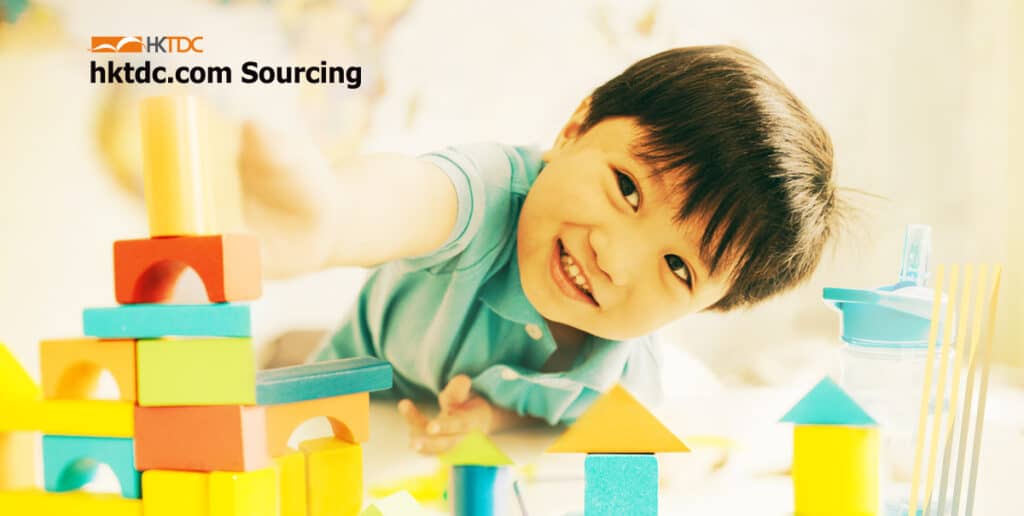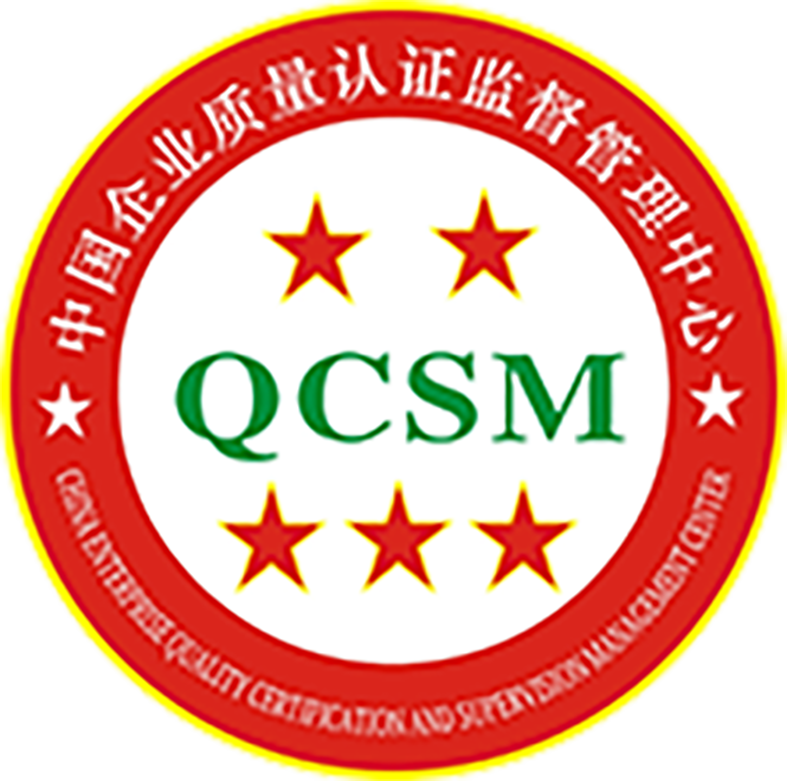According to the 2021 China Toy and Juvenile Products Industry Report, during the Covid-19 pandemic, total retail sales of China’s toys and games market in 2020 grew 2.6% year‑on‑year to RMB77.97 billion. The most bought toys were plastic building block sets, which accounted for 16.2% of the total, followed by plush toys (14.9%), dolls/mini figurines (12.6%), and remote‑control toys (10.9%). According to market research firm Renub Research, China’s toy market could reach a compound annual growth rate of 4.04% for the period 2020‑2026.
As urban incomes rise and the quality of life improves, the demand among mainland residents for toys grows. A mainland China toy consumer survey conducted by the Hong Kong Trade Development Council (HKTDC) revealed that, although parents do not consider toys a necessity, 95% of them are willing to keep on buying toys so that their children have a happy childhood.
The survey also discovered that what parents require from toys changes as their children grow up. When children are under 9 years old, their parents concentrate more on buying toys that develop children’s intelligence. When children are aged between 9 and 14, their parents are more concerned with cultivating their interest in science and science‑related subjects. This may be related to the belief among parents that there is a golden period in childhood for rapid learning, generally considered to be between the ages of 5 and 6.
The number of children aged 14 and under in mainland China was 253 million in 2020. Statistics show that in the last decade, since the implementation of the two‑child policy, the under‑14 population has increased by 1.35%. To optimise China’s childbirth policy, under the recently adopted 14th Five-Year Plan couples are free to have up to three children and will receive economic and social policy support. The relaxation of the childbirth policy and the growth in the size of the middle‑class bodes well for the mainland toy market.
5 main types of toys in the Chinese market
Toys in the Chinese market can be classified broadly into four categories ‑ electronic, mechanical, plastic and wooden. In addition to traditional products, models, licensed toys (including movie spin‑offs, cartoon characters, etc), high‑tech toys and educational toys (including ‘STEM’ – Science, Technology, Engineering and Mathematics – items) have continued to come onto the market.
1. Electronic toys
High‑tech electronic toys have become increasingly popular in recent years. Interactive, electronic toys with relatively high technology content have emerged as mainstream items. Another growth area is educational toys, which inspire children’s imagination and creativity and enhance their coordination. Toys that combine learning and fun are well received by children and parents alike.
E‑sports games have enjoyed rapid growth in mainland China in recent years and their development has fuelled the growth of the electronic toys market. E‑sports games are played using electronic devices, such as computers and video game consoles, with gameplay typically emphasising players trying to outwit rivals through move and countermove.
At present, the total value of China’s e‑sports market is RMB150 billion. According to Sensor Tower, an app analytics firm, there are 39 Chinese manufacturers among the top 100 games distributors around the world in terms of revenue. With a combined revenue of some US$2.39 billion, these Chinese manufacturers account for 40.3% of the total revenue of the global top 100.
2. Educational toys
Educational toys and toys that can help children learn are preferred by modern parents. In the survey conducted by HKTDC, almost half of all parents saw it as important that toys should help enhance their children’s intelligence. The huge attention paid to educational toys in recent years has led to robust sales of STEM items, including new‑tech toys such as those incorporating artificial intelligence (AI) and virtual reality (VR).
Overall, mainland parents think STEM toys are likely to boost their children’s learning and are willing to pay a premium price for them. Furthermore, now that the recently published White Paper on STEM Education in China has incorporated STEM education into the national standard curriculum, parents’ demand for STEM toys has remained high. In view of the massive market potential for innovative AI‑led toys, the design of such items across the mainland has increasingly focused on incorporating smart elements.
3. Animation and related spin-offs
According to market estimates, nearly 80% of the world’s animation spin‑off products are currently made in mainland China. Of these, nearly half are manufactured in Guangdong. A research report conducted by a mainland market research company, China Industry Research, showed that the mainland animation spin‑off industry is in robust shape, accounting for more than 70% of the animation industry’s total profits.
According to research by mainland consulting company ASKCI, the animation spin‑off market in China was worth more than RMB77 billion in 2019, with animation toys accounting for the lion’s share of this. For example, the popularity of domestically produced animation films such as Ne Zha and Monkey King: Hero is Back has driven the consumption of spin‑off toys.
4. Trending toys
Trending toy studios and designers first appeared in China in 2005, but the market at that time was still in its infancy. Figures from Chinese data analysis platform iiMedia Research indicate that the size of China’s trending toys market in 2020 was close to RMB30 billion. “Blind box” toys, in particular, have become the latest craze because players have no way of knowing what toy is inside a box and blind‑box toys are all very rare. The craze has also boosted transaction volumes in the second‑hand markets for blind boxes. It has been reported that, on the mainland, more than 440,000 blind‑box players are trading on the Idle Fish used‑goods selling platform, with the transaction amount exceeding RMB120 million in November 2020.
The size of the market for anime garage kit (GK) figures reached RMB2.81 billion in 2020 and is expected to hit RMB5 billion by 2023. According to a survey, male and female consumers have different considerations when buying GK figures: male consumers are more concerned with poses and postures, whereas female consumers are more interested in the costume designs of the figures. As for the models they favour, most consumers will simply buy a product they like and want to collect it as a souvenir. Consumers’ primary consideration for buying a product is price, followed by whether or not the product is genuine, and then by its online word of mouth. The least important concerns are the degree of the figure’s likeness and personal preference.
5. IP-licensed toys
The potential for IP toys is huge because mainland consumers are generally receptive to higher prices and their repeat purchase rate is high. In the user analysis section of the China Licensing Industry Report 2021, it was observed that Chinese consumers accept higher prices for IP‑licensed products. 92.9% of the consumers interviewed reported that they had bought IP‑licensed products at prices as much as 50% higher than those of similar products. Meanwhile, 94.5% of the interviewees said they were very willing to make repeat purchases. With consumers of IP‑licensed toys having low price sensitivity and users having high brand loyalty, the market has a lot of development potential. A study by market research firm NPD shows that the three most popular IP‑licensed toy brands on the mainland are Mercedes Benz, Ultraman and Disney Frozen. Outdoor and sports toys account for the greatest share of the IP‑licensed toy market (26%), while the prospects of dolls/rag baby toys appear to be the brightest, as their share of the market rose by 178%.
China’s 2020 toy imports breakdown
HS Code | Description | 2020 | 19/20 Growth (%) |
9503 | Tricycles, scooters, pedal cars and similar wheeled toys; carriages; dolls; other toys: reduced-size (“scale”) models and similar recreational models working or not; puzzles of all kinds | 773.5 | 2.4 |
9504 | Articles for funfair, table or parlour games, including pintables, billiards, special tables for casino games and automatic bowling alley equipment | 579.1 | -17.8 |
9505 | Festive, carnival or other entertainment articles, including conjuring tricks and novelty jokes | 6.5 | -35.4 |
Visit HKTDC research and read the full version of the article













